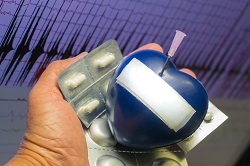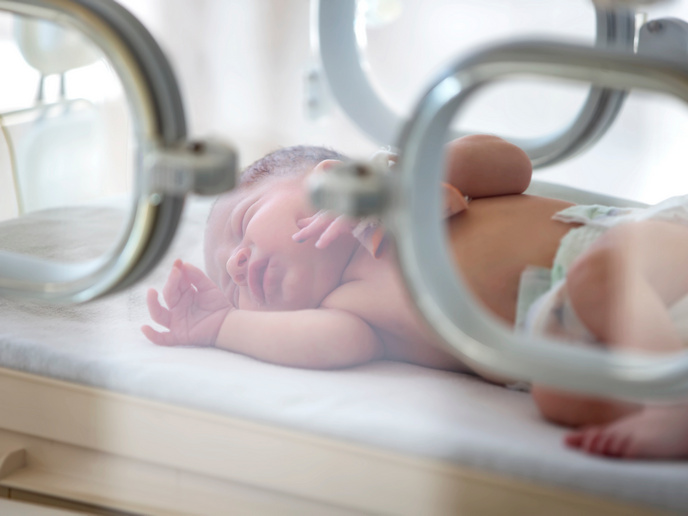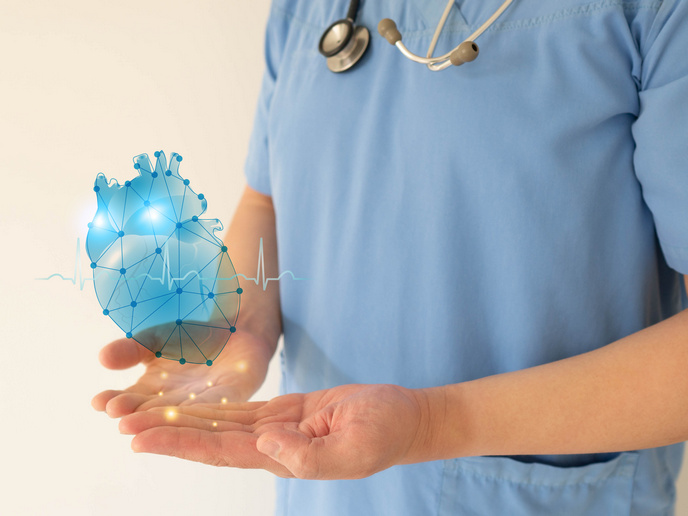Regeneration of the damaged heart
Acute MI occurs when some of the coronary vessels are blocked, restricting blood flow and causing ischaemia in the myocardium. Currently, MI is treated with coronary artery revascularisation, which effectively restores blood flow to the heart. However, residual myocardial scarring is not eliminated, often hampering cardiac function and eventually leading to heart failure. Regenerative therapy using cardiac stem cells is a promising new approach for repairing the underlying myocardium damage and restoring heart function. However, outcomes of clinical trials have not been satisfactory so far, possibly due to poor cell survival, engraftment and retention in the infarcted heart. To increase the efficacy of cell-based therapy, the EU-funded AMCARE project aimed to increase the retention of stem cells in the damaged myocardium or heart tissue following delivery. Towards this goal, the consortium integrated expertise in materials science and stem cell biology with leaders in the field of medical devices, biomaterials and cardiovascular regeneration. The idea behind the AMCARE strategy was to employ hyaluronan (HA)-based biomaterials as a supporting scaffold for the implanted cells. HA hydrogels are widely used as scaffolds for tissue engineering purposes to provide extracellular matrix (ECM) and enhance cohesion of administered cells as well as retention at the damaged site after delivery. At the same time, hydrogels offer protection from the harsh environment of the ischaemic myocardium. The ECM is a highly complex network of proteins such as collagen and proteoglycans where cells bind via specific receptors. Despite its tissue-dependent composition, ECM has a fundamental role in regulating central cellular responses such as migration, proliferation and differentiation. Therefore, it can be used for transplantation purposes to support implanted cells and facilitate their integration into the host tissue. Novel biomaterials and delivery devices Project coordinator Dr Duffy explains, “Our industrial partner has developed a platform that can produce hydrogels with tuneable mechanical and viscoelastic properties from viscous gel-like materials. This means they can withstand elastic changes in the cardiac tissue following injection into the myocardium.″ For homogeneous incorporation of cells into the hydrogel while maintaining cell viability, AMCARE partners developed a prototype applicator. Moreover, in the event of acute MI alongside an endocardial catheter, the researchers devised a proprietary cell delivery system for delivery within the ventricle. Another project innovation was the cardiac patch, a sheet of HA-derivative materials that provide optimum geometrical and mechanical properties such as porosity, swelling and biodegradation. The patch is loaded with therapeutic agents to ensure durable and sustainable contact with the infarcted area and is delivered on the epicardial surface. The impact of heart regeneration after MI Overall, the new therapeutic modality generated during the AMCARE project will help restore cardiac function in patients after an ischaemic episode. “The combination of AMCARE’s novel medical devices and advanced biomaterial formulations allows for a tailored approach to meet a patient-specific clinical need,″ states Dr Duffy. The idea is that depending on the infarcted area, researchers can use a different therapeutic approach to ensure minimally invasive delivery and fixation that is safe and effective. AMCARE partners are confident that their novel biomaterial technologies and devices will prove successful commercially. Importantly, repairing the damaged myocardium in post-MI patients can potentially decrease morbidity and mortality, improving long-term healthcare of EU citizens.
Keywords
AMCARE, biomaterial, myocardial infarction (MI), hydrogel, extracellular matrix (ECM), hyaluronan (HA)







